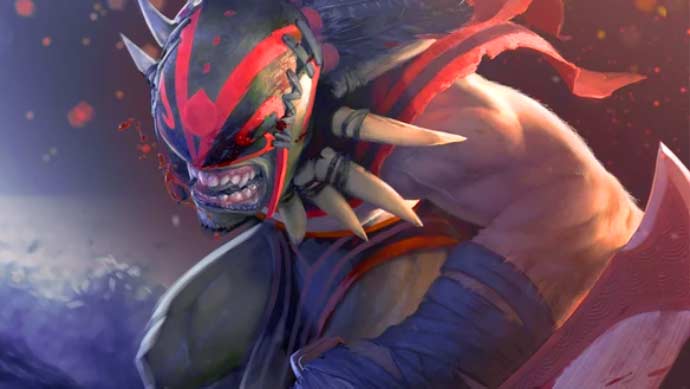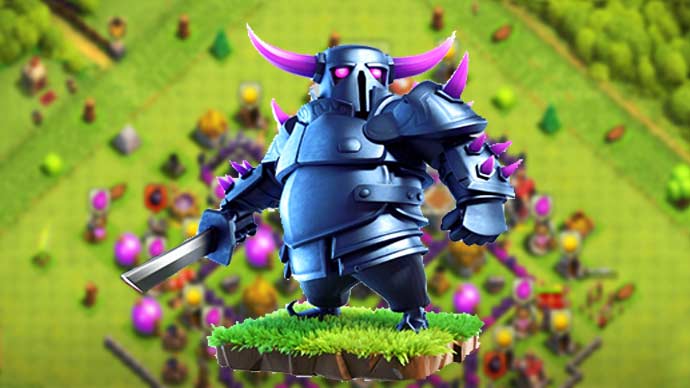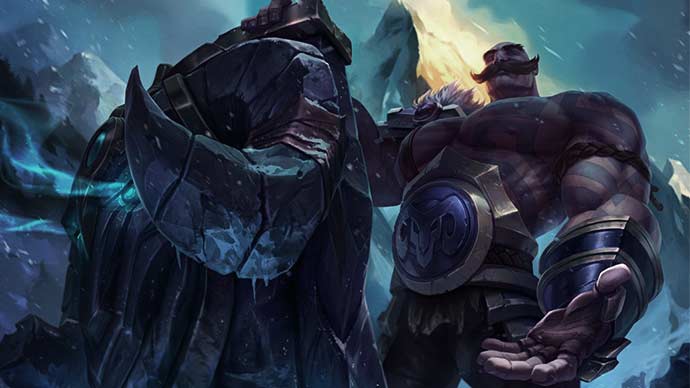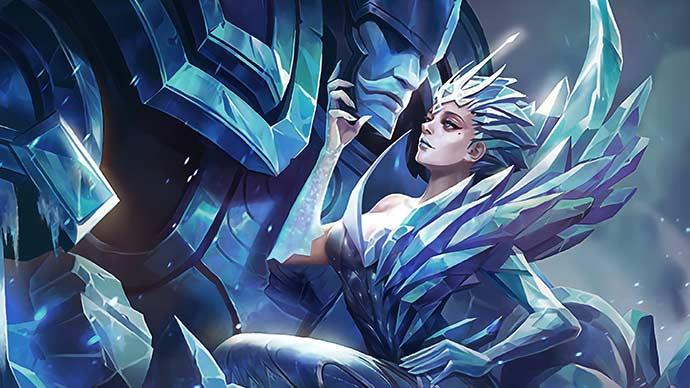This is a common dichotomy that exists across nearly every video game genre, from role-playing games (RPG) to multiplayer online battle arenas (MOBA), from real-time strategy (RTS) to massive multiplayer online (MMO) games. It almost seems like a toss-up, with marksmen wiping out swordsmen from afar but losing almost instantaneously as soon as the gap is closed. That just keeps players in constant debate as to which type of character is ultimately better for battle. Here’s our showdown between ranged and melee characters, comparing their basic attributes, designs, and tactics.
Ranged vs. Melee: Speed
In terms of speed, most games give the edge to melee fighters. Dota 2’s Strygwyr the Bloodseeker, for example, is one notable melee character who has insane movement speed with his ultimate. Speed is necessary for melee characters to close the gap against other characters, especially those who are ranged. Without this advantage, ranged characters could kite them all day long from afar. As a result, ranged characters are often slower than melee characters. Not so slow that they can’t maneuver themselves, though, and usually still fast enough that they can fight tactically with adequate mechanical skill (like moving while shooting).
Ranged vs. Melee: Damage
Every game with combat essentially boils down to damage. Without damage, nobody dies. If nobody dies, the battle can’t end. In that sense, dealing damage is always the primary goal. That’s why every character in a combat-oriented game can deal damage—but melee characters often deal much more damage than ranged characters. You can probably guess why. Melee characters (like the Barbarian, Giants, and P.E.K.K.A. from Clash of Clans) can only deal damage when they’re up close and personal, so each hit needs to do a lot more damage to offset that disadvantage. This makes them most effective in close-quarter combat. Ranged characters are often much weaker per hit because they can shoot from afar. They have the tactical advantage of distance and must give up some damage to offset that advantage. This makes them better at steadily chipping away from range. As long as an archer is far from a swordsman, they can exploit the gap and keep inflicting hits while staying safe.
What Is Speed-Damage Relativity?
In some video games, speed and damage have an inverse relationship. Strong damage dealers (whether ranged or melee) have slower movement speed to maintain game balance. In Battle Realms, for example, long-ranged high-damage dealers like the Cannoneers (Serpent Clan), Powder Keg Cannoneers (Dragon Clan), Warlocks (Lotus Clan), and Ballistaman (Wolf Clan) are slower than other weaker Tier-1 ranged units (e.g. Archer, Leaf Disciple). But Battle Realms also has a cool twist with ranged characters: they become melee fighters (with even weaker damage) when they’re in close range to enemies. This means they always need to be behind the frontlines if they want to be maximally effective. This speed-damage relationship also exists in games like first-person shooters, which often make stronger weapons heavier (and thus slow down movement speed). You can see that in the differences between handguns versus sniper rifles, for example.
Ranged vs. Melee: Defense
Melee characters often have the highest defense attributes, given that they need to withstand lots of ranged hits while closing the gap against ranged enemies. Without armor, they’d never be able to fight. On the flipside, ranged characters often (but not always) have paper for armor. They might have the upper hand while at a distance, but once the gap is closed, they’re in for a lot of punishment. In most multiplayer online battle arena (MOBA) games, “tank” characters are melee characters who sacrifice damage for even greater defense, allowing them to soak up attacks and provide opportunities for their more vulnerable teammates to strike.
Ranged vs. Melee: Skill Effect
Every video game has its own unique approach to skills, abilities, and character effects. However, the general approach to ability design tends to trend toward the same philosophies. Melee characters are given abilities that help them overcome the distance gap against other characters: speed boosts, armor boosts, perfect evasions, dashes, jumps, teleports, hooks and lassos that pull enemies into melee range, etc. Ranged characters are given abilities that help keep their distance from attackers (like slows and stuns) or stay alive under pressure (like lifesteal). Ranged characters also tend to get superpowered ranged attacks that they can use to pick off enemies in an instant. But speed-damage relativity also holds true when it comes to special abilities: the stronger a character is at dealing damage—whether melee or ranged—the less likely they’ll be to have mobility abilities.
Ranged vs. Melee: Which Is Better?
You probably saw this verdict coming: there’s no definitive answer as to whether ranged characters or melee characters are better. They’re intentionally designed to have pros and cons, making them excel in certain situations and vulnerable in others. Furthermore, most video games allow you to build and personalize your character through skill trees and equipment, making it possible to lessen their weaknesses or bolster their strengths. As a player, it comes down to your playstyle. High-risk-high-reward players often gravitate towards “glass cannon” type ranged characters, while risk-averse players tend to like “tank” type melee characters. Read next: The best online multiplayer games on Xbox Game Pass







